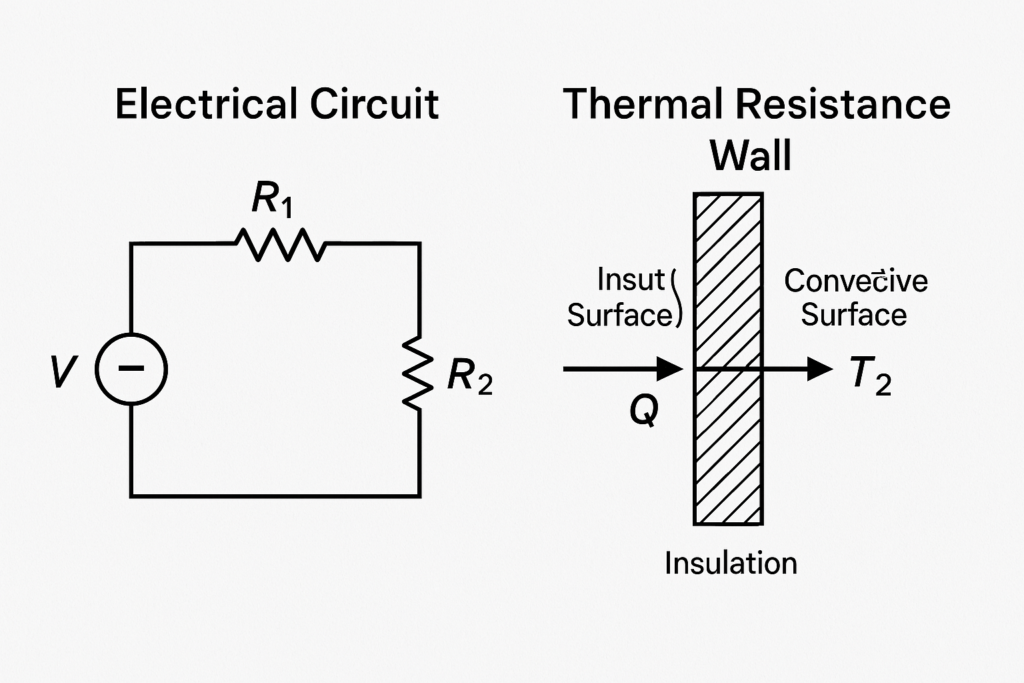💡 Thermal resistance circuits simplify heat transfer just like electrical circuits! Learn how to solve conduction, convection, and composite problems easily.


💡 Thermal resistance circuits simplify heat transfer just like electrical circuits! Learn how to solve conduction, convection, and composite problems easily.